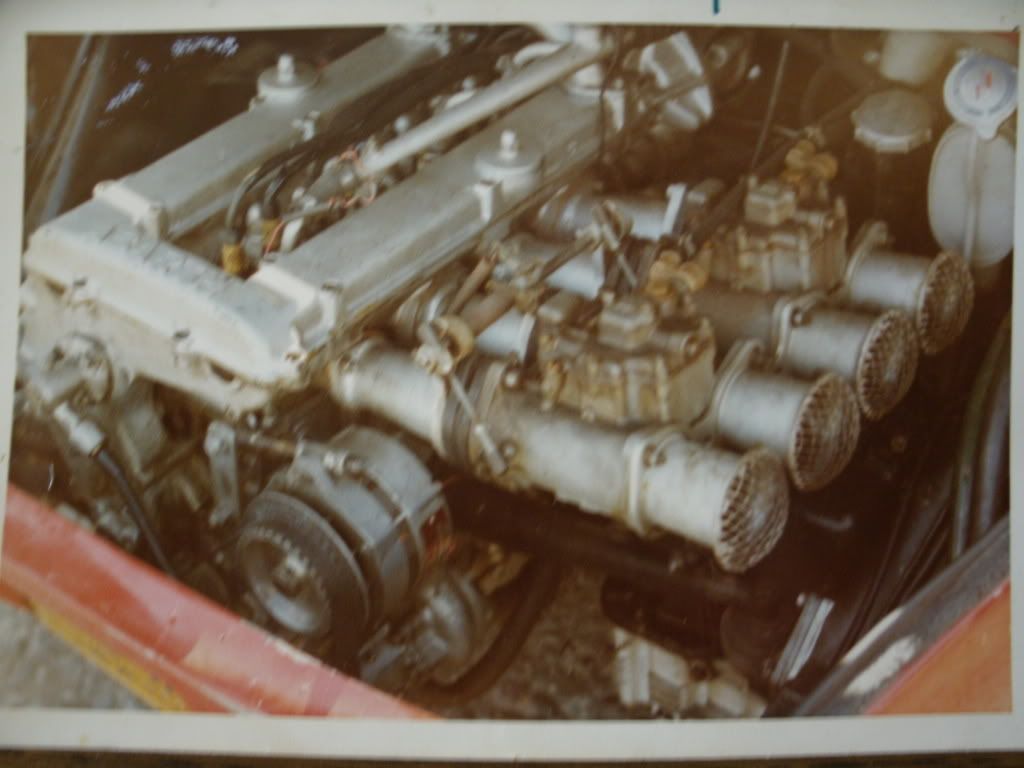Rod Midkiff
True Classic
VERY clean looking engine bay!!!
? is that a remote start button next to the distributar access door?
? is that a remote start button next to the distributar access door?
Yup. Totally worth the ugliness!VERY clean looking engine bay!!!
? is that a remote start button next to the distributar access door?
OK Steve and Snow White
criticize these screens... go ahead I dare you


Nobody in their right mind outside of very hardcore historics should be using screens if interested in performance - no brainer.by fitting the mesh screens
scroll up and read thru the thread... there are some people who would argue otherwise....Nobody in their right mind outside of very hardcore historics should be using screens if interested in performance - no brainer.

No surprise here.. screens on V stacks are an obstruction.another example,
this time with DCNF pattern Borla throttle bodies, so a more direct comparison to the DCNF's.
Note the screens are below the bell-mouth, so the bell-mouth is still able to smooth the airflow into the ITB...if the screens were mounted on the outside, i.e. covering the bell-mouth, then the disruption to airflow would be even greater.

âï¸ wire screens limit horsepower
60 seconds · Clipped by Steve Cecchele · Original video "Carb vs EFI - Dyno Testing a Holley Double Pumper vs Custom Stack Injection" by The Horsepower Monsteryoutube.com
gaining 36hp to 512hp by removing the screens
SteveC
The nesh screens on an old Ferrari or Ducati, are nothing like the fine mesh screens sold these days and featured in the videos or shown in the preceding threads, they are a very coarse screen, designed to keep "the big rocks" out... sure they will be detrimental to absolute flow, probably about as much as a clogged up paper filter.What's really funny, in a sad way, is looking at classic cars with multiple Webers and seeing screens on them, including Ferraris. Obviously they were unaware of this screen issue.
Colder (denser) air will gain you more... plenty of dyno information out there to confirm it... and why most dyno numbers are corrected for temp / pressure.Welp, this confirms something I have been saying for years. The power gained from a cold air intake is more about being a less restrictive air intake than lowering the air temperature.
Wouldn’t it need to really only be equal to two of the venturies given only two are actually drawing at any given moment?I would think the air filter snout would want to be at least as large as the total carby Venturi area.
I was referring to the standard 2 barrel carb when primary and secondary are both open at the same time.Wouldn’t it need to really only be equal to two of the venturies given only two are actually drawing at any given moment?
